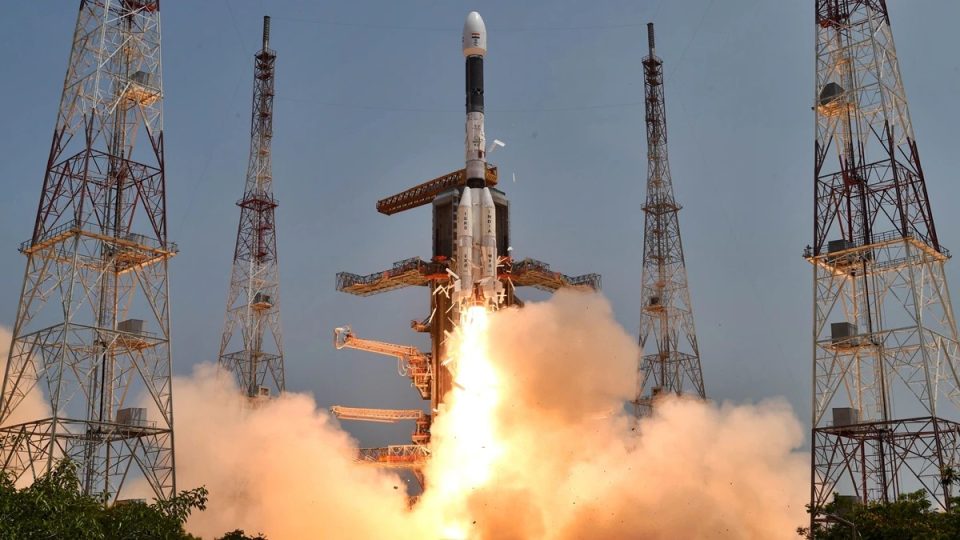The Indian Space Research Organisation’s (ISRO) Geosynchronous Satellite Launch Vehicle (GSLV) carrying the navigation satellite NVS-01 was launched from Sriharikota and placed into orbit on Monday. With this, ISRO aims to enhance the continuity of the Navigation Constellation in India (NavIC) service through the launch of the satellite.
The 51.7-meter rocket blasted off from a second launch pad about 130 kilometres from Chennai. It took off at its scheduled time of 10:42 am under clear skies.
The second-generation navigation satellite series is considered a major launch that will ensure the continuity of NavIC services – India’s regional satellite navigation system, similar to GPS, providing accurate and real-time navigation in the country and areas extending up to 1,500 km Around the mainland.
“The signal from NavIC is designed to provide users with positioning accuracy better than 20 meters and timing accuracy better than 50 nanoseconds,” ISRO said.
Nearly 20 minutes after lift-off, the rocket plans to place the 2,232 kg satellite into geosynchronous transfer orbit (GTO) at an altitude of about 251 km. The NVS-01 carries navigation payloads L1, L5 and S-band.
The second-generation satellite will also carry a self-developed rubidium atomic clock. ISRO’s early scientists used imported atomic clocks.
ISRO has developed the NavIC system to meet national positioning, navigation and timing requirements, especially in civil aviation and military.
NavIC, earlier known as the Indian Regional Navigation Satellite System (IRNSS), was designed with a constellation of seven satellites and a network of ground stations operating 24×7.
It provides two services – Standard Location Service (SPS) for civilian users and Restricted Service for strategic users.
NavIC SPS signals are interoperable with US GNSS signals, GPS, Russian GLONASS, Galileo (EU) and Chinese Beidou signals.
Monday’s mission was the GSLV’s sixth operational flight with an indigenous cryogenic stage. NVS-01 is expected to have a mission life of more than 12 years, ISRO said.





